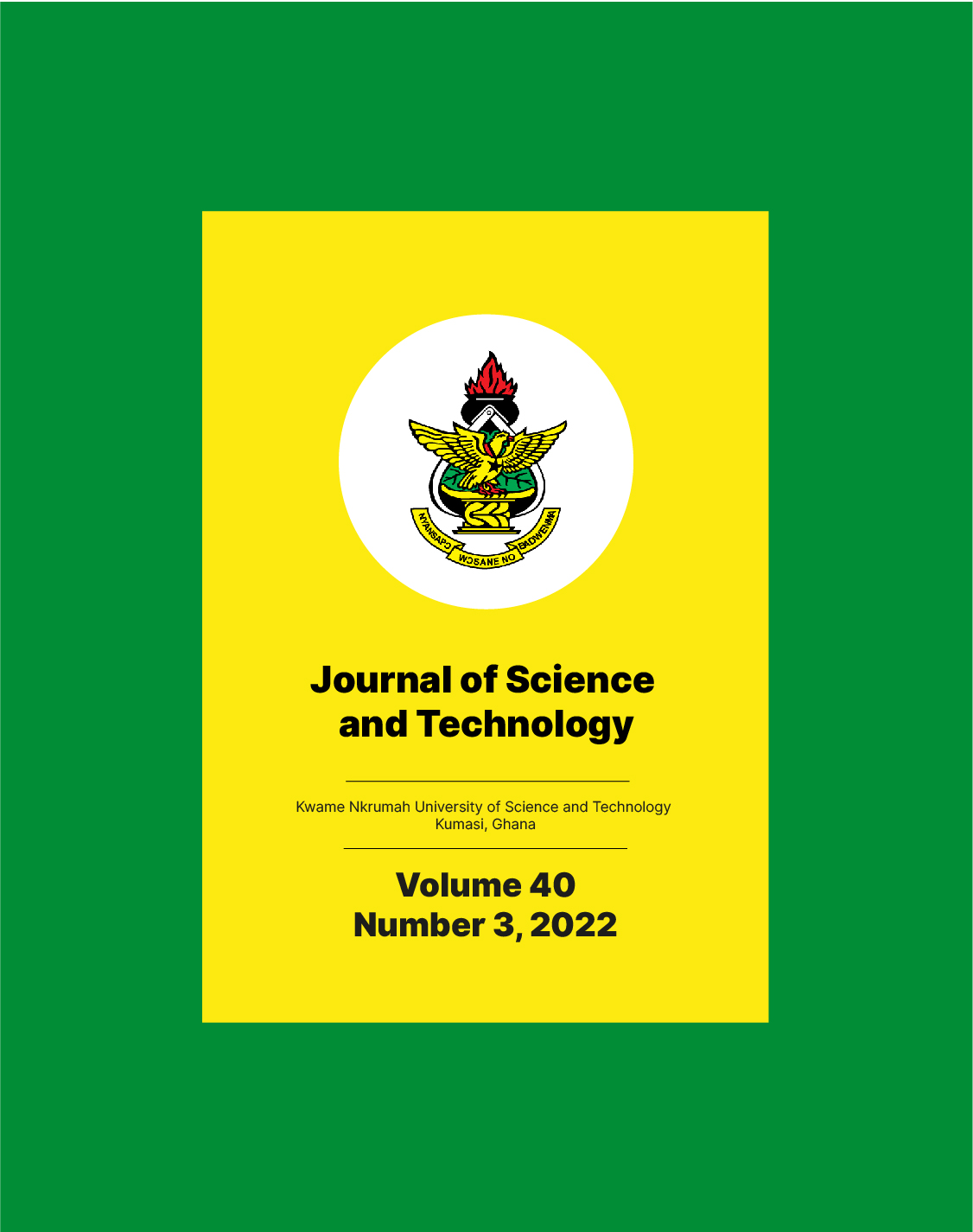Main Article Content
Areal Light Utilization Efficiency of a Natural Community of Pelagic Phytoplankton in a Tropical Lake (Lake Bosomtwe, Ghana)
Abstract
The areal light utilization efficiency, one of the key factors in primary production, of a natural community of pelagic phytoplankton of Lake Bosomtwe (Ghana, West Africa), its seasonal signature and factors that influence it were investigated fortnightly from September 2005 to August 2006 by estimating the percentage of solar radiation utilized by phytoplankton of the lake in primary production. The results indicate an annual mean value of 0.28 ± 0.14% (n=25, CV=51.4 %) which lies at the lower end of values typical for lakes and reservoirs of the world. Mean light intensity within the mixed layer 166.03 ± 77.30 µE m-2s-1 (n=25, CV=51.4 %) did not reach a level that can potentially cause photoinhibition among the dominant phytoplankton groups viz, Cyanobacteria, Dinophyceae, and Chlorophyceae. Both the mean areal light utilization efficiency and mean irradiance in the mixed layer differed significantly between seasons at p < 0.05. Of the physicochemical factors investigated, changes in the mixed layer depth (r2 = 29.3%, n=25), surface irradiance (r2 = 36.5 %, n=25), mean irradiance in the mixed layer (r2 = 23.3 %, n=25), surface water temperature (r2 = 17.7%, n=23) and mean temperature in the mixed layer (r2 = 22.8 %, n=23) significantly affected changes in the areal light utilization efficiency of the phytoplankton community at p< 0.05. However, of the biological factors measured, changes in the areal light utilization efficiency of the phytoplankton community had a significant predictive value only for the gross primary productivity (r2 = 41.6%, n=25) at p< 0.05




